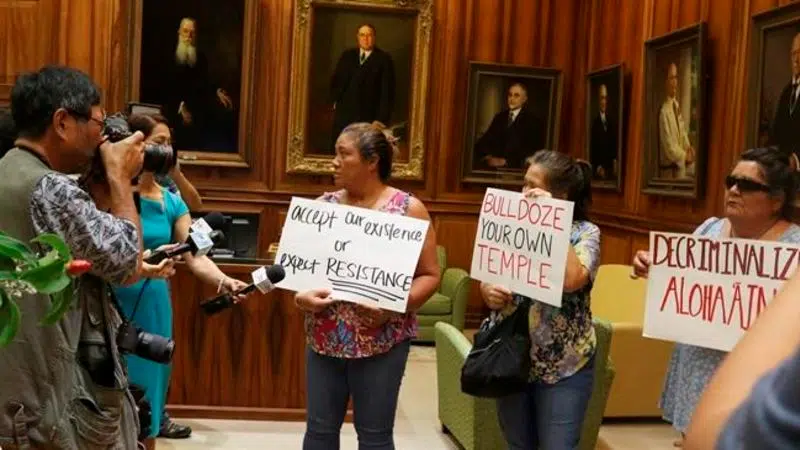
Divisive telescope to restart building next week in Hawaii
HONOLULU — Construction on a giant telescope will start again next week after lengthy court battles and passionate protests from those who say building it on Hawaii’s tallest mountain will desecrate land sacred to some Native Hawaiians.
State officials announced Wednesday that the road to the top of Mauna Kea mountain on the Big Island will be closed starting Monday as equipment is delivered.
Scientists revere the mountain for its summit above the clouds that provides a clear view of the sky with very little air and light pollution. Astronomers say it will allow them to reach back 13 billion years to answer fundamental questions about the advent of the universe.
The Thirty Meter Telescope project got approval to move forward last month. While it was the final legal step, opponents vowed to keep fighting and even get arrested if necessary to stop construction.


